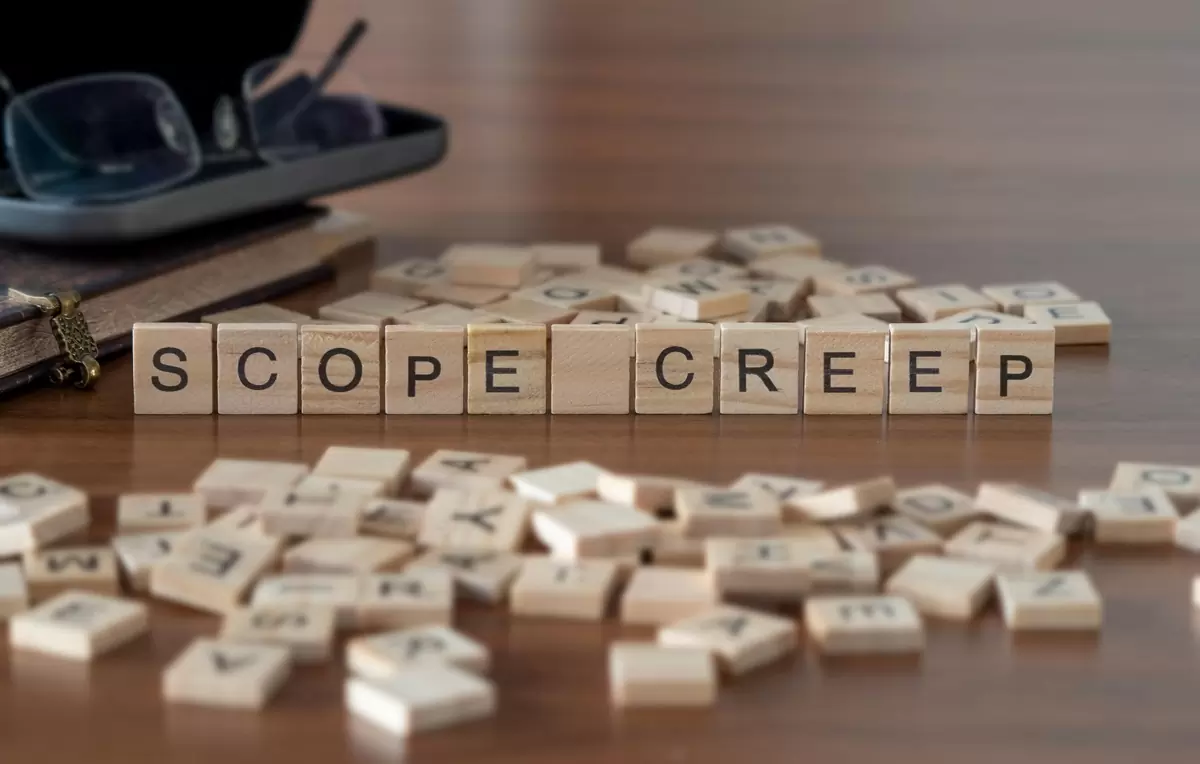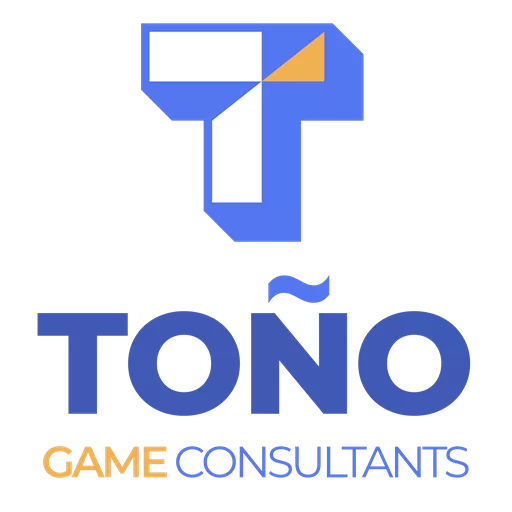So, you’ve got this epic game idea.
You can see it now: stunning graphics, a compelling storyline, gameplay so addictive it’ll have players forgetting to eat. You gather your team, set your deadlines, and start the work.
But then… it happens.
A wild idea appears: “What if we added an extra feature here?” And then another. And another.
It’s no surprise. The scope of your game can feel infinite because game development is driven by passionate people who want to craft something unforgettable. The deeper you get into development, the more tempting it becomes to keep adding, improving, and pushing boundaries.
But here’s the catch: no matter how much you want to keep building, there’s always a deadline. A point where you have to stop, fix the bugs, and actually launch.
Not every idea will make it into the final release, and that’s okay. In today’s world, launch is often just the beginning. Live Ops, DLCs, and sequels all give you the chance to expand later.
Still, at some point, the curtain has to come down. That’s where the real challenge begins: finishing strong, staying focused, and avoiding the dreaded scope creep.
What Is Scope Creep?
Simply put, scope creep is when your project expands beyond its original goals. It usually starts with good intentions (players would love this new mechanic!) but without structure, these ideas spiral into delays, budget overruns, and frustrated teams.
Scope creep isn’t about bad ideas. It’s about poorly managed ones. Without prioritization and planning, projects bloat into chaotic wish lists.
And in game development, this risk is amplified because the scope always feels infinite. As we’ve said before in triple constraint, you can’t maximize scope, time, and cost all at once, something has to give.
Main Causes of Scope Creep
Here are the most common culprits we see when coaching teams:
-
Vision Drift → Mid-project pivots without re-scoping. The antidote: prototyping and failing fast before committing.
-
Feature Frenzy → Adding too many “cool” features. This is where your Product Owner equivalent must step in. (See Scrum Master vs Product Owner).
-
Communication Breakdowns → Different disciplines misalign. Solution: clear documentation and constant feedback loops.
-
Feedback Overload → Too many voices, too little filtering. Use your PO/producer to funnel input.
-
Weak Game Design Docs → A vague GDD leaves too much room for interpretation.
-
No Clear MVP → Moving targets with no minimum viable product. A classic trap also tied to cargo cult behavior.
How to Avoid Scope Creep
Scope creep is inevitable unless you actively manage it. Here’s how to stay in control:
-
Fail Fast → Test ideas quickly and update your GDD as you go.
-
Prioritize Ruthlessly → Not every feature matters. Identify must-haves vs. nice-to-haves.
👉 Want help? Grab our free Prioritization Tool to sort features by impact and cut through the noise. -
Keep It Simple First → Nail the basics before adding complexity.
-
Say No (or Not Yet) → Future features lists are your friend.
-
Plan for Chaos → Build in buffer time. Agile frameworks helps here.
-
Talk It Out → Regular check-ins prevent misunderstandings.
-
Stay Flexible → Adjust as needed, but don’t lose sight of the MVP.
-
Review Constantly → Regular scope checks stop creep before it spirals.
Tools to Keep Scope Creep in Check
-
Project Management Software (Jira, Trello, Asana) → Organize tasks and track progress.
-
Communication Platforms (Slack, Teams) → Ensure everyone stays aligned.
-
Version Control (GitHub, GitLab) → Prevent untracked changes from derailing the scope.
These tools aren’t just “nice-to-haves.” They’re your front line of defense against scope creep.
Closing Thoughts
Scope creep isn’t just a nuisance, it’s the silent killer of game projects. Ideas will always expand, but without strong prioritization, planning, and discipline, you risk ending up in endless development hell.
Remember: shipping matters more than perfection. You can always build later, but you can’t build trust if you never release.
That’s why at Toño Game Consultants, we help studios not only tame scope creep but also build solid foundations.
👉 When you’re ready to take control of scope, deadlines, and budgets, our Production Services are here to keep your project lean, focused, and launch-ready.
Your players are waiting. Don’t keep them in scope creep limbo.
FAQ: Avoiding Scope Creep in Game Development
What is scope creep in game development?
Scope creep happens when a game project grows beyond its original plan. New features, mechanics, or feedback get added without proper adjustments to time, budget, or resources. The result is delays, stress, and sometimes games that never launch.
Why is scope creep such a big problem for indie developers?
Indie teams usually run on limited budgets and small crews. Even a single “small” feature can push back a milestone by weeks. Without the buffers that AA/AAA studios enjoy, scope creep can stall an indie game permanently.
How do you prevent scope creep in a game project?
Define your Minimum Viable Product (MVP) early and keep it visible to the whole team. Use a solid Game Design Document (GDD) and back it up with prioritization methods like story mapping or feature scoring. Regular check-ins help catch when the project starts drifting.
Can scope creep ever be good?
Sometimes. A late idea might genuinely improve the player experience. But unless it strengthens your core vision and you have bandwidth to support it, it’s usually safer to log it for post-launch updates, DLC, or sequels.
What tools help manage scope creep?
Project management tools (Jira, Trello, Asana) track work, communication platforms (Slack, Teams) prevent misalignment, and version control (GitHub, GitLab) keeps changes in check. For scope management, our Game Dev Prioritization Tool helps teams decide what’s essential versus nice-to-have.
What’s the difference between scope creep and feature creep?
They’re closely related. Feature creep usually refers to piling on extra mechanics or systems. Scope creep is broader, it covers all unplanned additions, including design, story, art, or tech. Both can derail projects if not managed.
How do publishers and stakeholders contribute to scope creep?
Publishers, investors, or Kickstarter backers often push for features or changes, and their input can be valuable. But without strong boundaries, these requests can overwhelm the team. It’s the producer or project manager’s job to hear everyone out, evaluate ideas against the MVP, and prioritize. This way, stakeholders feel included while the project stays realistic and on track.
How do Agile methods help control scope creep?
Frameworks like Scrum and Kanban create structured cycles for evaluating features. They make it easier to say “yes” to valuable changes and “not now” to distractions.
What’s the role of production in controlling scope creep?
A good project manager or product owner ensures the team doesn’t drift off course. They translate creative ambition into clear priorities, manage the backlog, and weigh every potential change against scope, time, and cost. Their role is to keep the project focused, protecting delivery while still leaving room for creativity.
What should I do if scope creep is already happening?
First, acknowledge it, pretending it’s not happening makes things worse. Reassess your MVP, cut or delay nonessential features, and reset expectations with your team and stakeholders. Sometimes, pulling back scope is the only way to save a project.


